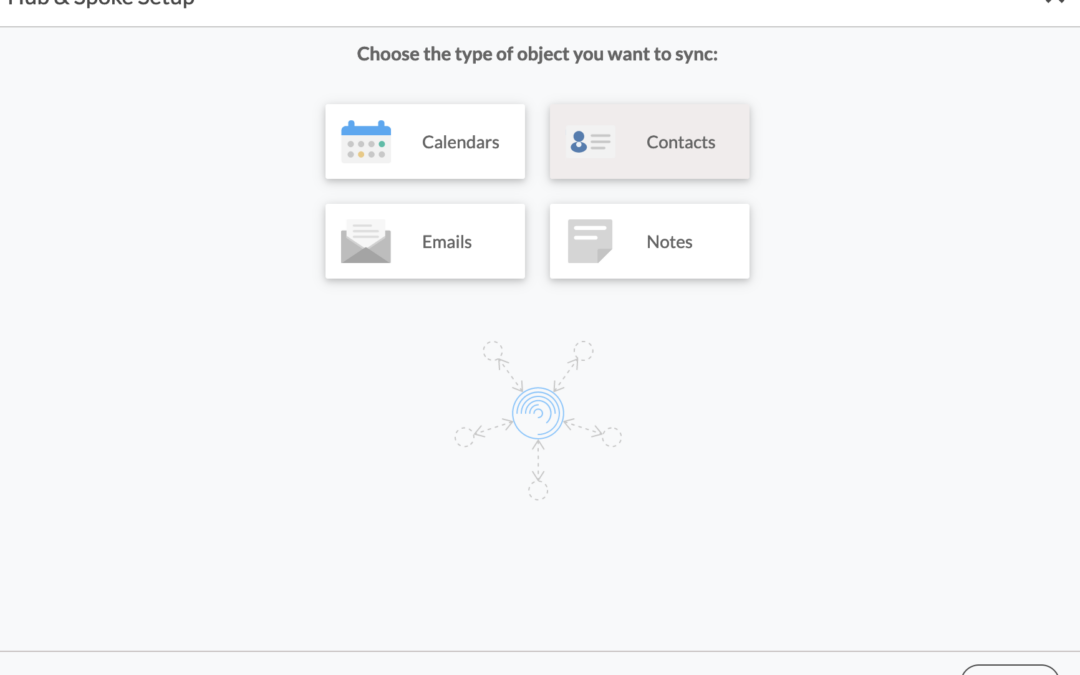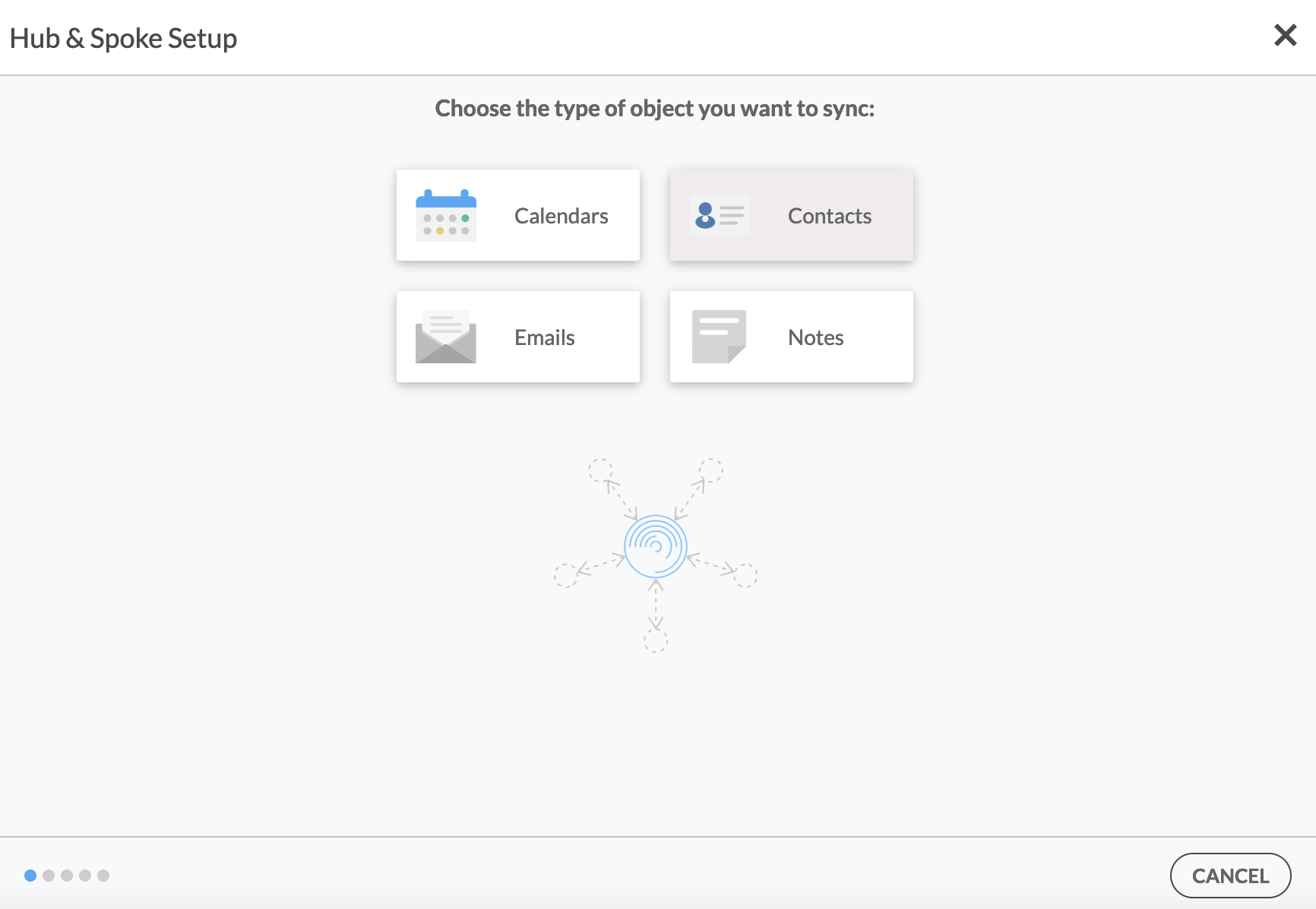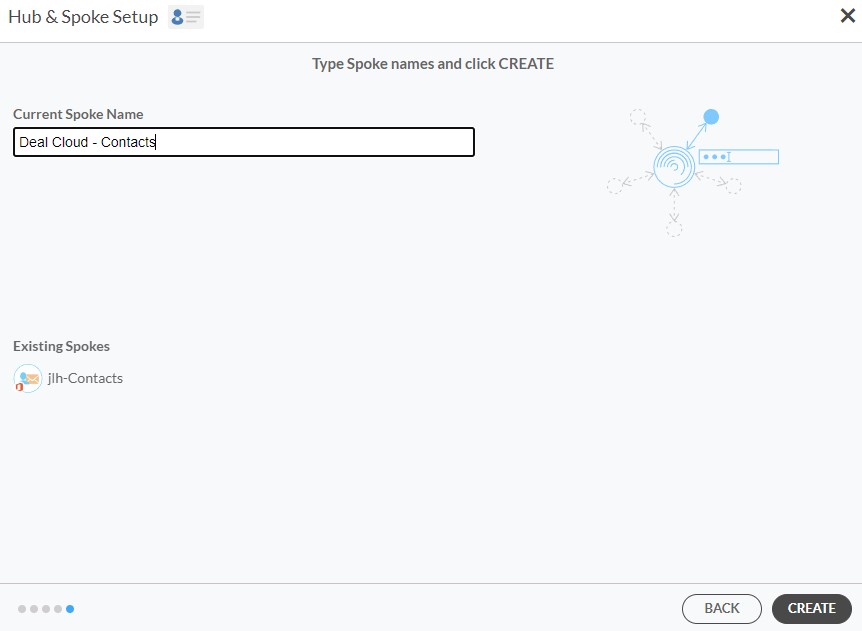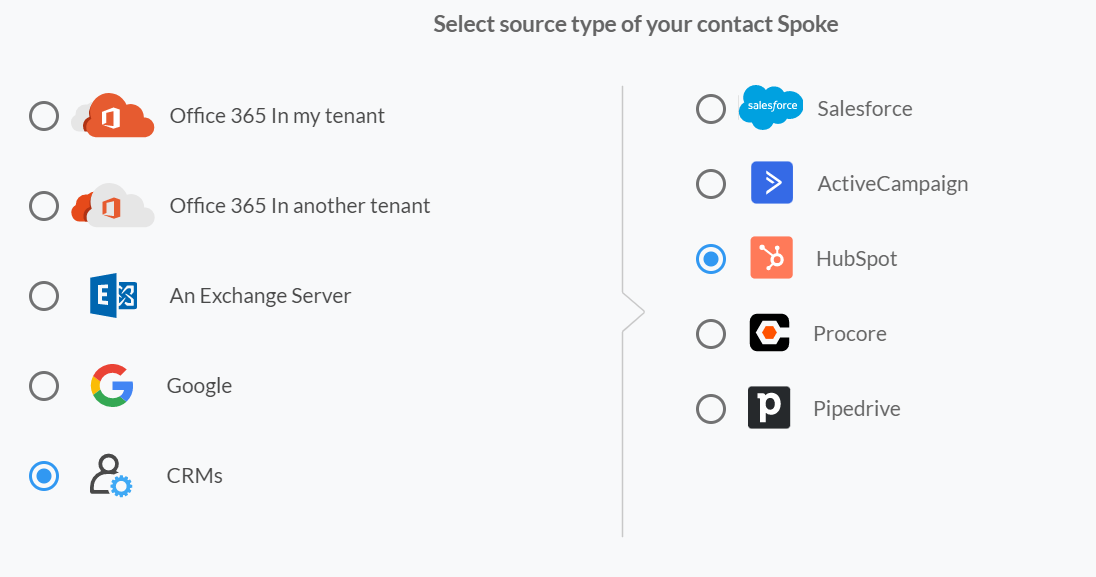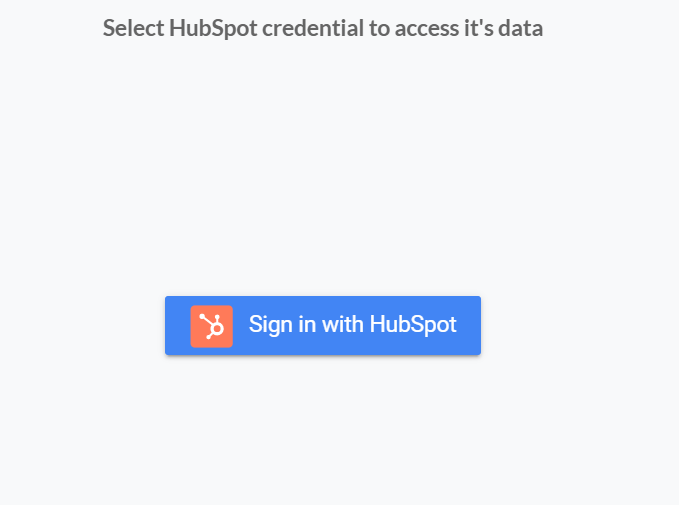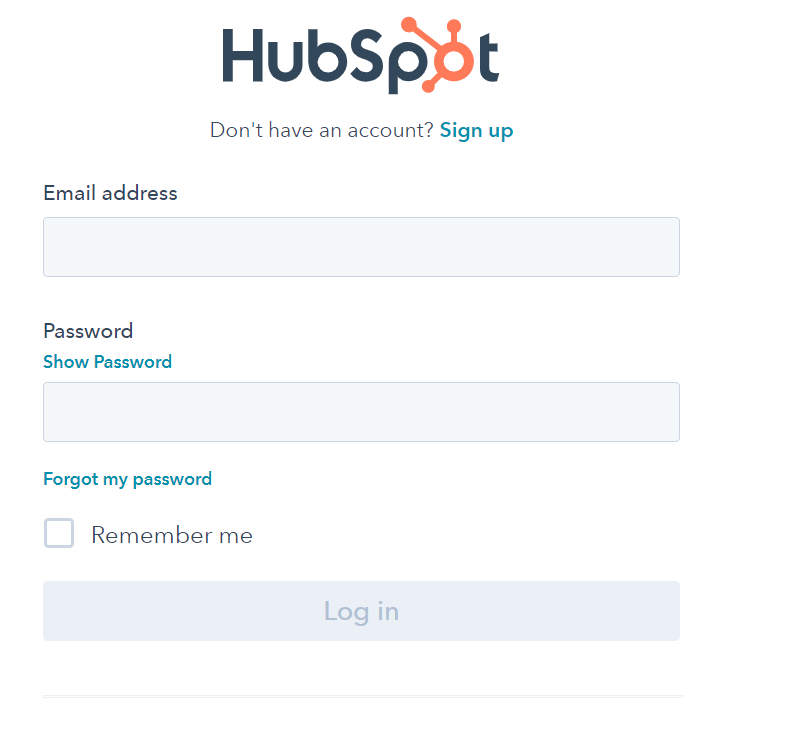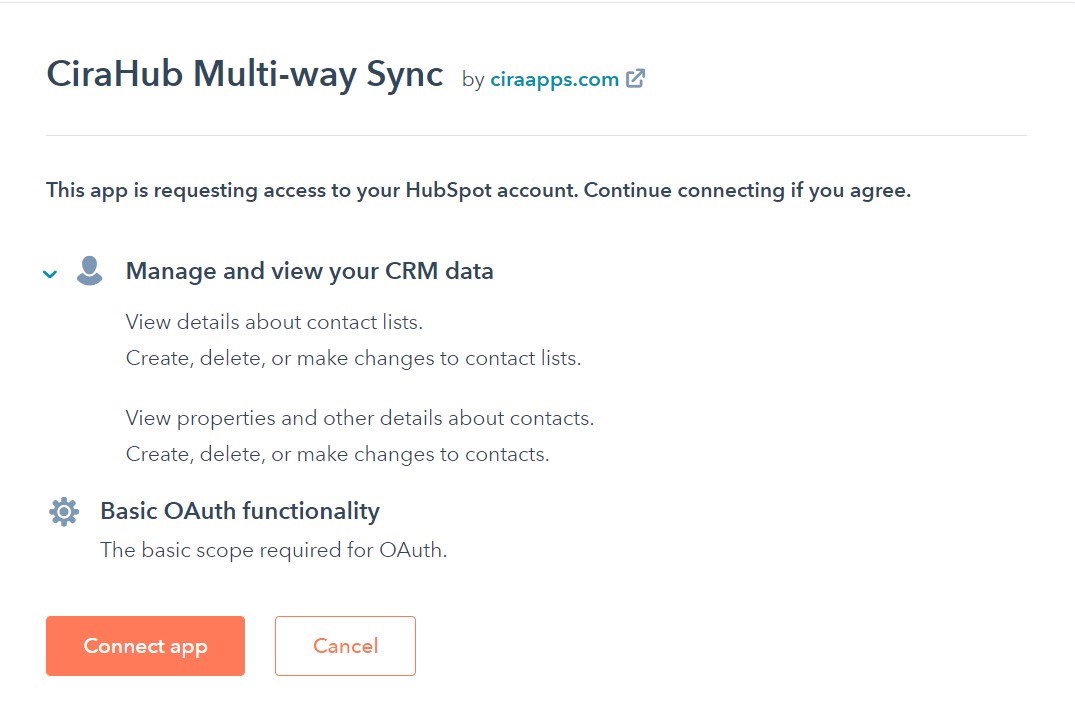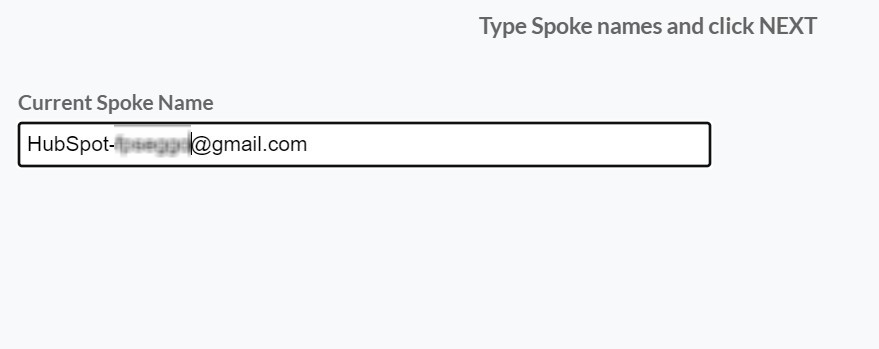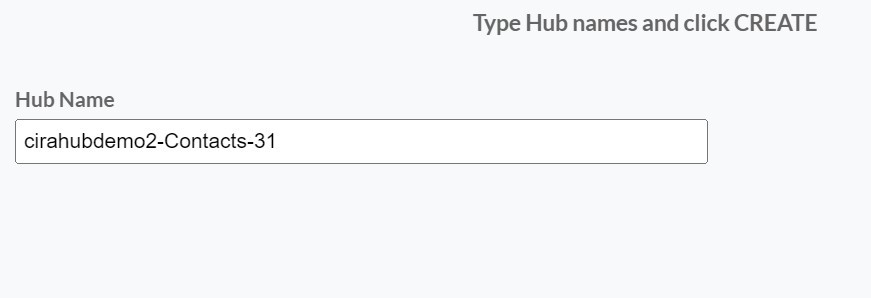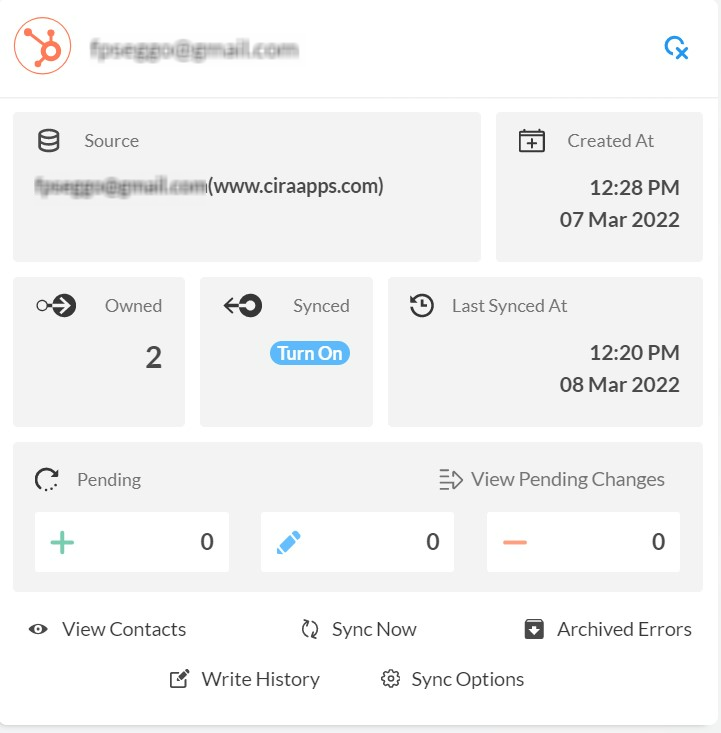This comprehensive article will outline how to two-way sync contacts between Deal Cloud and HubSpot.
Deal Cloud serves as a comprehensive platform for managing deal pipelines, tracking interactions, and streamlining the deal-making process, while HubSpot is renowned for its robust marketing automation and lead nurturing capabilities. By integrating these platforms and syncing contacts bidirectionally, organizations can seamlessly bridge the gap between sales and marketing activities. Deal Cloud provides valuable insights into the progress of deals and client interactions, while HubSpot enables targeted and personalized marketing campaigns based on this information. Through this integration, sales teams can leverage Deal Cloud to track leads and deals, while marketing teams can utilize HubSpot to nurture leads and engage with prospects effectively.
Thanks to this Two-way sync feature, you can:
- Two-way sync Deal Cloud contacts with HubSpot.
- Update contacts simultaneously across the two platforms
- Without producing duplicates, CiraHub effortlessly syncs and moves data from Deal Cloud to HubSpot.
This article will show you how to enable a two-way contact sync between Deal Cloud and HubSpot.
Set Up a Two-Way Contact Sync Between Deal Cloud and HubSpot
1. Log in to CiraHub. It will take you to the onboarding wizard. (See figure below.) Next, select the object you want to sync. In this example, the “Contacts” object has been selected.
2. Next, start the Hub and Spoke setup. Click on “CRMs” as your source type for your contact spoke. (The Hub contains all synced Contacts from each spoke; a spoke can be a Public Folder, a user mailbox, the GAL or a CRM.)
3. Select Deal Cloud as the contact spoke type.
4. Type in Deal Cloud API Access information to sync its account data to CiraHub.
5. Type in a Spoke name and click Create.
Step 2: Create a HubSpot Spoke
6. Select the option to add an Additional Spoke.
7. Click on “CRMs” as your source type for your contact spoke. (The Hub contains all synced Contacts from each spoke; a spoke can be a Public Folder, a user mailbox, the GAL or a CRM.)
8. Select “HubSpot” as the contact spoke type.
9. Click “Sign in” with HubSpot.
10. Sign in with your HubSpot Email and Password.
11. Click on the “Connect App” option to link CiraHub to your HubSpot account. This will give CiraHub access to your contacts lists and CRM data in HubSpot so you can two-way sync HubSpot contacts.
12. Type in a Spoke name and click next.
13. Type in a Hub name and click next.
Step 3: Activate Two-Way Sync
14. Next, right-click your spoke, and select “Sync Options” to sync between SharePoint and HubSpot.
15. Click on “Allow Hub” to two-way sync Deal Cloud and SharePoint together by creating and syncing the items within the spoke. This will enable two-way synchronization from the endpoint to the hub database and back.
16. Click on “Sync now” to enable 2-way synchronization for the current spoke. You can also edit any synchronization options for each of your spokes below.
Learn More About CiraHub!
CiraHub is a two-way sync platform for shared contacts and calendars for Microsoft 365, Exchange Server, and other Microsoft Enterprise Applications users. The software is designed to make it easy for people lacking IT expertise to set up shared contact and calendar sync for their company. Click here to learn more about how you can start a CiraHub trial today!
